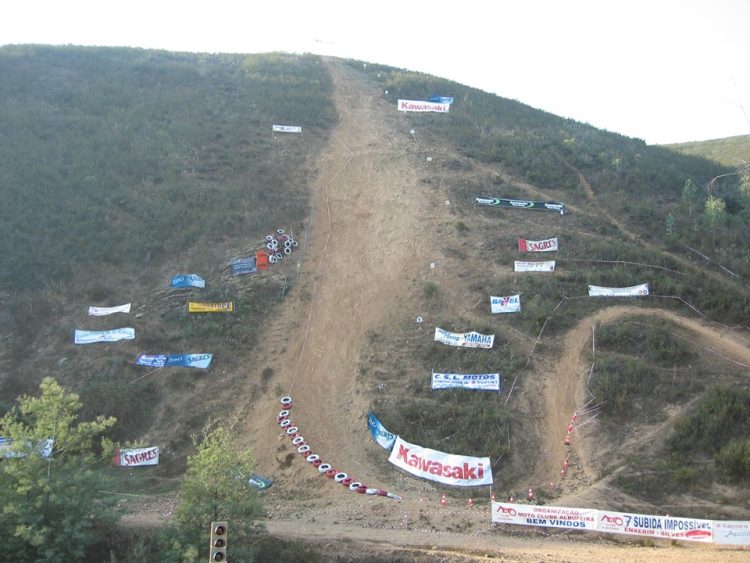Jatinga is a small village located in Assam, a state in northeastern India. The village is lush green and scenic, surrounded by serene mountains. But that’s not what it’s famous for. In fact, Jatinga is well-known for an entirely different reason – its Bird Mystery.
The Bird Mystery is a unique phenomenon that occurs at Jatinga between September and November each year. During these late monsoon months, several migratory and local birds commit mass suicide at the village. Just after sunset, between 7 and 10 pm, hundreds of birds descend from the sky, plummeting to their deaths by crashing into buildings and trees. Since birds aren’t known to be suicidal, the phenomenon has baffled villagers, visitors and scientists alike. For many years, locals believed that evil spirits living in the skies were responsible for bringing down the birds .
Of course, this isn’t true. After several scientific studies and experiments, it has been concluded that the birds are generally disoriented by the monsoon fog. So they are attracted by the village lights and fly towards them, sometimes hitting walls and trees during the descent. Some of the birds die, while others are grievously injured, becoming easy prey for the villagers to capture. These birds are often dazed and disheveled, and do not put up any resistance when villagers attack them with catapults or bamboo sticks.
Studies also show that the birds come in only from the North and land only on a well-defined strip in the village – that’s 1.5 km long and 200 meters wide. Lights placed along the southern side of the village have failed to attract any birds.
The victim birds aren’t long-distance migrators. 44 species have been identified as ‘suicidal’ and most of them come from nearby valleys and hill slopes. These include Kingfishers, Black Bitterns, Tiger Bitterns and Pond Herons, among others.
A few more interesting discoveries were made by scientists and bird watchers. It seems most of the suicidal birds lose their natural habitats due to flooding during the monsoon season. So they appear to be migrating to other places, and Jatinga is in their migratory path. But it isn’t clear why the birds fly at night, or why they get voluntarily trapped at the same place every year.
“It is not suicide, to be precise,” said Anwaruddin Choudhury, a well-known ornithologist in Assam. “But the fact remains that birds are attracted by light and fly towards any object with a light source. This phenomenon still puzzles bird specialists.”
India’s most celebrated ornithologist, the late Salim Ali, was also baffled. “The most puzzling thing to me about this phenomenon is that so many species of diurnal resident birds should be on the move when, by definition, they should be fast asleep. The problem deserves a deeper scientific study from various angles,” he wrote.
The phenomenon of ‘avian harakiri’, as the locals call it, was first observed by the Zeme Nagas, the inhabitant tribe of the region in the early 1900s. It frightened them so badly that they sold their land to Jaintias and left the place in 1905. The new inhabitants also observed the phenomenon, but interpreted it as a gift from God.
The Jaintias aren’t entirely wrong. After all, the phenomenon has captured the interest of wildlife circles and tourists, making the village of Jatinga world famous. The birds alone are responsible for a boost in tourism during the monsoon months. And they’re quite delicious; locals relish these exotic delicacies. The villagers deliberately switch on lights and lanterns to attract the birds and capture them every year.
To promote tourism, district authorities have created a festival around the bird suicide, called the Jatinga Festival. The first edition was held in 2010. If you’re interested in viewing the rare phenomenon in person, the nearest airport at the city of Guwahati is 350km away from the village. You will have to wait until next year, though!
Photos: Dima Hassao District
Sources: Assam Info, Times of India, The Telegraph








